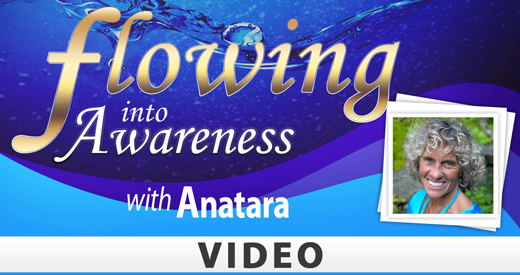| YogaHub |  |
Swimming, Fear and Toughing It Out
I was presented with an important decision last weekend. The options were to withdraw from an activity in order to stay safe, or perform an activity that involved a certain amount of danger. Not only had I planned for and approached this activity with a sense of control and confidence, I had been preparing for it for a few months. In an instant, I questioned my capabilities, felt my body tense, my mind move towards panic, and decided that I would not let fear be the only deciding factor.
This scenario reminds me so much of ones faced by people in pain, every day. As much as we try to control our daily activities, and stay in our area of comfort and safety, along comes something or someone that shakes us up. As much as we pace ourselves, and make plans to progressively move forward, challenging our limitations a little at a time, life can throw us opportunities that require letting go of the plan and letting go of the pacing. Most of us have experienced the unhappy voices of our family, friends and health professionals (in our head) when we are deciding whether to give it a go, or to wait for a day when we feel more prepared.
Within health science research, the prevailing view is that people in pain behave in a way consistent with the fear-avoidance model. When we approach something that might increase our pain, or that has been painful in the past, we might avoid the activity. Over time, this avoidance may reinforce fear of movement, and thus create an ongoing vicious cycle of more avoidance, more fear, less ability to move and more pain with movement.
Yet this is not the only way we approach painful activities when we have chronic pain. Recent research is considering the existence of another pain behaviour model that some call boom-bust. This model suggests that when pain is chronic, people often become impatient with not being able to complete activities. Many of us grit our teeth and push, enduring the pain in order to get a task completed. Once the task is complete, we regret it, and pay for it. The pain flares up and we cannot do much for hours or days. Over time, this behaviour can sensitize the nervous systems and, like fear-avoidance can also lead to increasing pain with movement.
It is extremely important to understand that these models explain behaviours, not people. Most of us approach some activities with fear-avoidance, and approach other activities with boom-bust. Many factors impact which way we will behave, though for most of us, the greater the stress and greater the pain, the more we will fall to one of these extremes.
As a person in pain, you will have experienced that neither of these approaches to life activities, or to therapeutic exercise, help with recovery. One approach allows you to feel safe, the other allows you a sense of competence and control. Each protects you in a different way, yet neither leads to less pain or better function in the long run. The answer is to find that place in the middle of the extremes, and to approach more and more activities in this manner. This is possible. It is necessary. Yet it takes practice and persistence.
My decision last weekend involved completing the 1.5 km swim of an Olympic distance triathlon WITHOUT a wetsuit, since the water was too warm for race organizers to allow them. This wetsuit has become a safety net for me. Thinking about heading out into deep water with hundreds of people who don’t have my best interests at heart, created a huge turmoil.
Could I do this without panicking – without drowning? I wasn’t certain.
Could I drop out? Sure I could, but I was NOT going to not even try.
Could I distract myself from the fear long enough to get to the end? I have become pretty good at ignoring and enduring some things in life, but this didn’t feel possible.
Could I start, do my best to stay calm, and stop if I could not continue? This seemed reasonable. There were rescue boats and kayaks. As you might imagine, this didn’t allay all my fears, but I was determined to give it a go. I hadn’t prepared for this swim without a wetsuit, but at the same time I wanted to see if it was possible.
I survived. Thirty-five minutes of constant mental work (about seven minutes longer than with a wetsuit), combined with open water, semi-roller derby swimming. I would need more practice to feel this wasn’t dangerous but, for now, I know it is possible. I don’t need to avoid it anymore, and with more practice I will become more fearless and it will get easier.
[tags] fear, avoidance, pain, stress, faceing your fears, triathlon, swimming, training, extreme, middle, [/tags]






